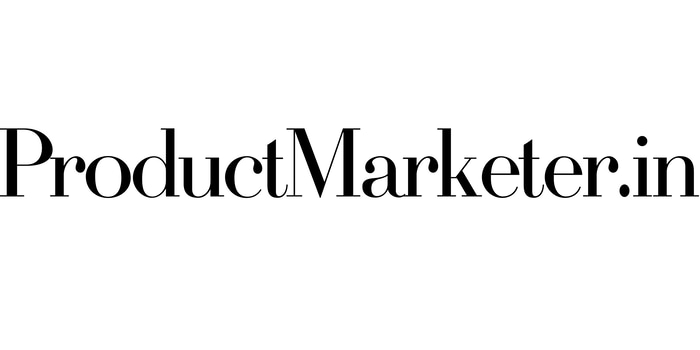Effectively understand customer needs while working remotely.
Shivendra
6/12/20242 min read


Virtual Surveys
Surveys are a staple in gathering customer feedback, and when working remotely, they become even more critical. Craft surveys with open-ended questions to allow for detailed responses, and use rating scales for quantifiable insights. Ensure the surveys are mobile-friendly and concise to encourage higher response rates. Analyze the collected data to identify trends and patterns that reveal customer preferences and pain points.
Digital Listening
Social media platforms are a goldmine for understanding customer sentiments. Monitor conversations about your brand and products, as well as general industry trends. Use social listening tools to track mentions and hashtags, which will help you gauge public perception and identify areas for improvement. Engage with customers online to show that their opinions are valued and to gain further insights into their needs.
Video Interviews
While remote, video calls are the next best thing to in-person interviews. Schedule video interviews with customers to delve deeper into their experiences with your products. These conversations can provide context that surveys might miss. Pay attention to non-verbal cues and encourage interviewees to share stories about their product interactions, which can be rich in insights.
Collaborative Tools
Utilize collaborative tools like shared documents and whiteboards to brainstorm with your team about customer needs. These tools allow for real-time collaboration and can simulate a physical meeting environment. They also serve as a platform for organizing and prioritizing customer feedback, making it easier to identify common themes and areas that require attention.
Data Analytics
Data analytics is crucial in remote product marketing. Use analytical tools to track customer behavior on your website and digital platforms. Metrics like page views, time spent on site, and conversion rates can provide a quantitative measure of customer interest and satisfaction. Combine this data with qualitative feedback for a comprehensive understanding of customer needs.
Continuous Learning
The remote work landscape is ever-evolving, and so are customer expectations. Stay updated with the latest digital communication and analytics tools. Participate in online courses or webinars focused on remote customer engagement strategies. By continuously learning, you ensure that your approach to understanding customer needs remains fresh and effective.
Pro Tip
While working remotely, I effectively understand customer needs by leveraging digital communication tools such as video calls, surveys, and online feedback forms. I prioritize active listening during virtual interactions, asking probing questions to uncover insights and understand pain points. Additionally, I analyze customer data and behavior from online platforms to gain deeper insights into their preferences and behaviors.
